Best Tom Waits image of the week:
A violin case lying wide-open, broken-backed filthy and discarded on the pavement and half-filled with rain water, somewhere down the way here on Rheinsburger Strasse.
Late afternoon, once the obligatory downpour is done, we see the Thomas Hirschhorn at Arndt & Partner. A sign on the door says its not suitable for kids but on my quick inspection I miss the images that are *really* unsuitable (colour inkjets of internet pictures showing grisly corpses, probably in Iraq – faces shot to pieces, entrails wrapped around sticks, limbs hacked off). We’re in there already before I realise.

The rest is less nice talk – more bitter rumour, rant, paranoia and accusation; “Can’t get in. Can’t get out. Can’t get in. Can’t get out. Can’t get in. Can’t get out” it repeats at one place. In another spot who-ever has been writing stuff has given up and simply tried to cross out a wall-mounted clock using spray paint, a big crude black X running right across its face. In yet another there’s a scrawled version of the sign you often see in bijou antique shops – ‘If You Break It You Pay For It‘.
I guess that just about sums it up with Iraq.
M. came out saying ‘bleak, bleak, bleak..‘ but he seemed to get something from it.
S. for his part took one look at the first set of extremely grisly images (taped at intervals along the twisting tree-truck/pipe-line structures) and looked back to me.
“Dad, these pictures are Horrid.” he said.
I laughed (trying not to make it worse..). “Yes. They are.. Maybe don’t spend too long looking at them..”
“OK” he said and with no sign of trouble, dismissing the pictures with the single word “Horrid” he went back to the game that he’d already invented, playing stepping-stones along the cardboard circles that Hirschhorn has taped at intervals on the floor. Amazing. I found something very resilient, very optimistic in that. Later we read some parts of the text together and talked about it. All fine.
What I liked about the piece is that its hard not to be in it – you are in it in fact, as soon as you step through the door. It surrounds you with itself, with the knots of the situation, with the horror of it, with the discourse around it, with the impossibility to escape and with the literal problem of navigating a space that is extremely barricaded, made difficult to pass through. I’d seen a related piece by Hirschhorn in New York some while ago (a year or more?) and hadn’t liked it that much – I think because that one so dwelt (and relied) on the same kind of war-images from Iraq, screaming with a voice invoking their authority and authenticity, but also, in a troubling way, underscoring their redundancy. In this more recent piece (Stand Alone it’s called) the reliance on the images is not so great, though they’re there in the background, like a serious toothache. Instead the experience; ugly, disconcerting, rather total and immersive, is as much about space and language, about ones physical presence as a body/thinker/witness through language as it is about some kind of confrontation with ‘the truth’ or ‘the evidence’.
The image is one of several of Stand Alone at Hllr’s photoset on Flickr. Some rights reserved (see here for info).
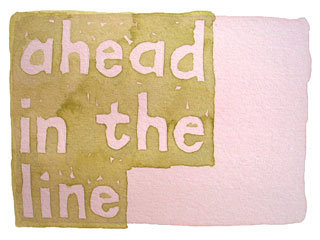 Most of the time you’re filling in narrative blanks, running scenarios in your head about possible contexts/ relationships/contents. All the while you’re addressed as if you were a visitor from far away, for whom common sayings or phrases need gloss and explanation. Even the narrators voice might best be called enticingly unsteady; oscillating as it does between thick and thin, contemporary and slightly antique. But there’s really more than enough in the constellation of details coming out of the fog, and the constant gaps in information, for your brain to get to work with.
Most of the time you’re filling in narrative blanks, running scenarios in your head about possible contexts/ relationships/contents. All the while you’re addressed as if you were a visitor from far away, for whom common sayings or phrases need gloss and explanation. Even the narrators voice might best be called enticingly unsteady; oscillating as it does between thick and thin, contemporary and slightly antique. But there’s really more than enough in the constellation of details coming out of the fog, and the constant gaps in information, for your brain to get to work with.
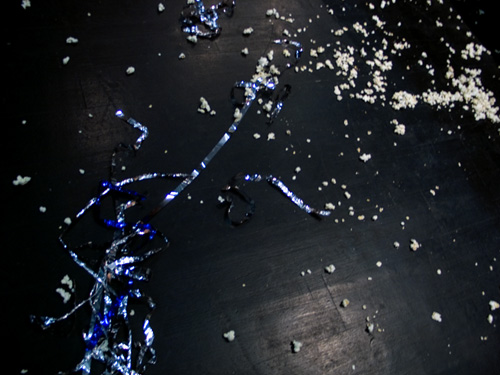
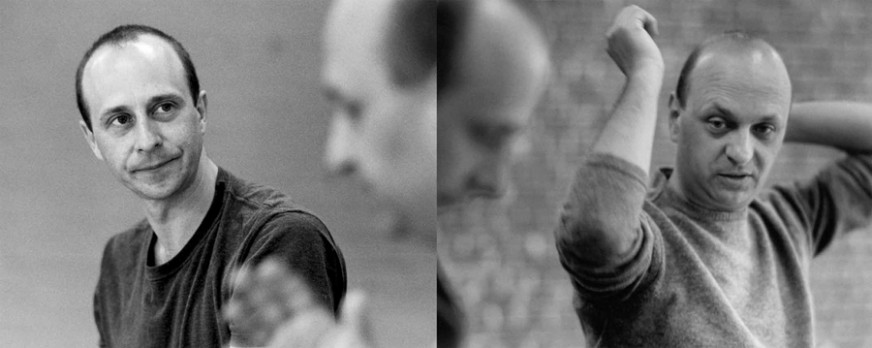
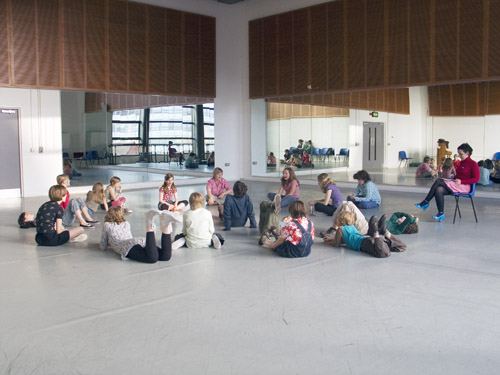
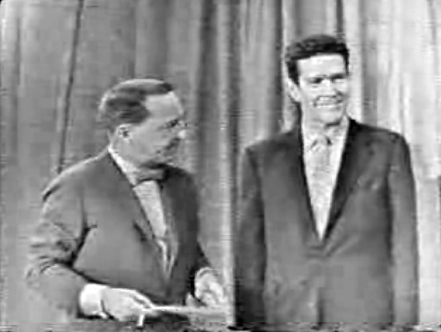
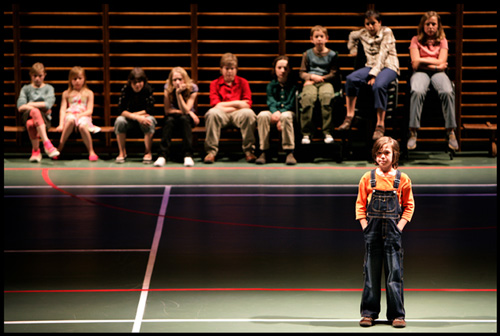
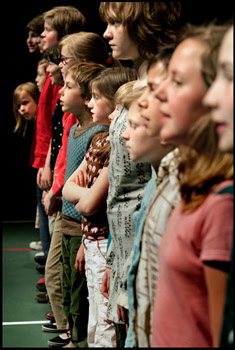
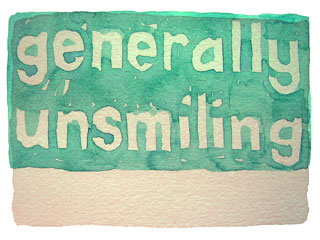
 There’s something quite exhilarating about the process of writing for the project – depending on how your time-zone synchs with the one Barbara happens to be in you get more or less time to write, and you get the prompt at different times of day/night. The previous one I did (from the prompt ‘wanted to get a good look’) I was in the UK while Barbara was in Australia. So I think I got the prompt at about 9pm and had to complete the writing before I went to bed. The other contributions I did were when I was in New York and Barbara (I think) was in Europe, so I was getting the prompt mid-afternoon and having to turn the writing around by midnight or so. For someone that travels so much it seems I get quickly confused by timezones.
There’s something quite exhilarating about the process of writing for the project – depending on how your time-zone synchs with the one Barbara happens to be in you get more or less time to write, and you get the prompt at different times of day/night. The previous one I did (from the prompt ‘wanted to get a good look’) I was in the UK while Barbara was in Australia. So I think I got the prompt at about 9pm and had to complete the writing before I went to bed. The other contributions I did were when I was in New York and Barbara (I think) was in Europe, so I was getting the prompt mid-afternoon and having to turn the writing around by midnight or so. For someone that travels so much it seems I get quickly confused by timezones.